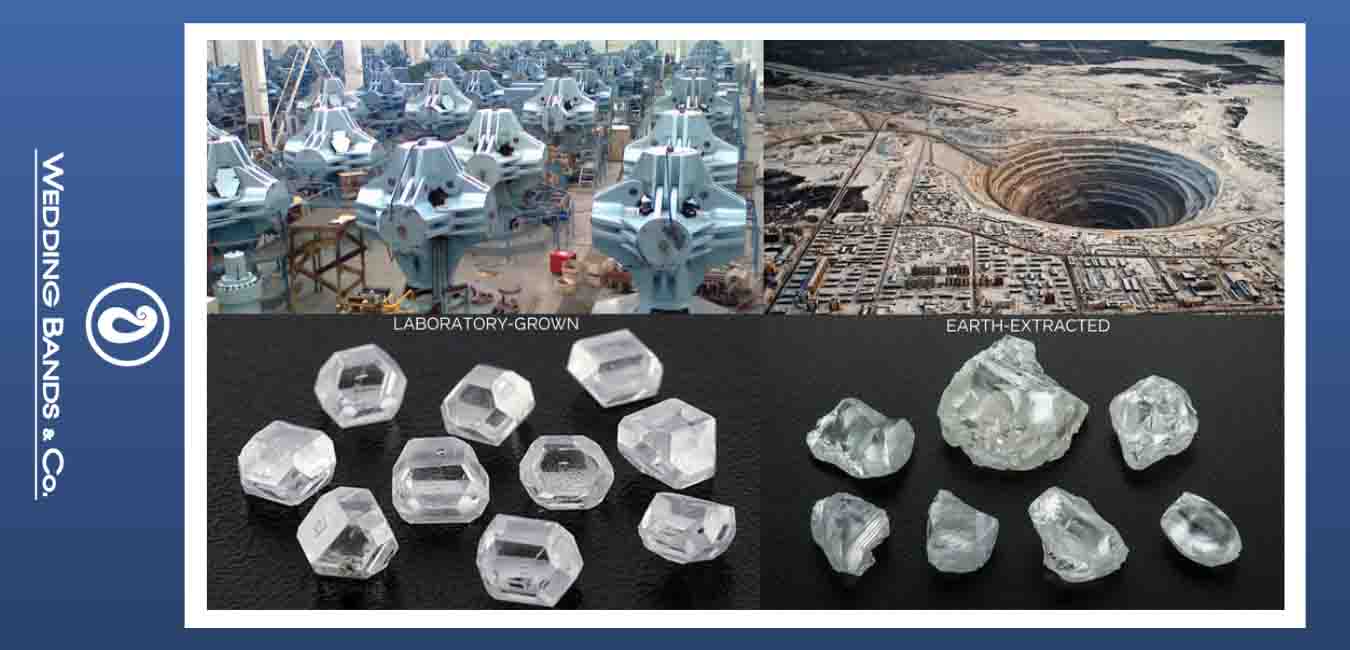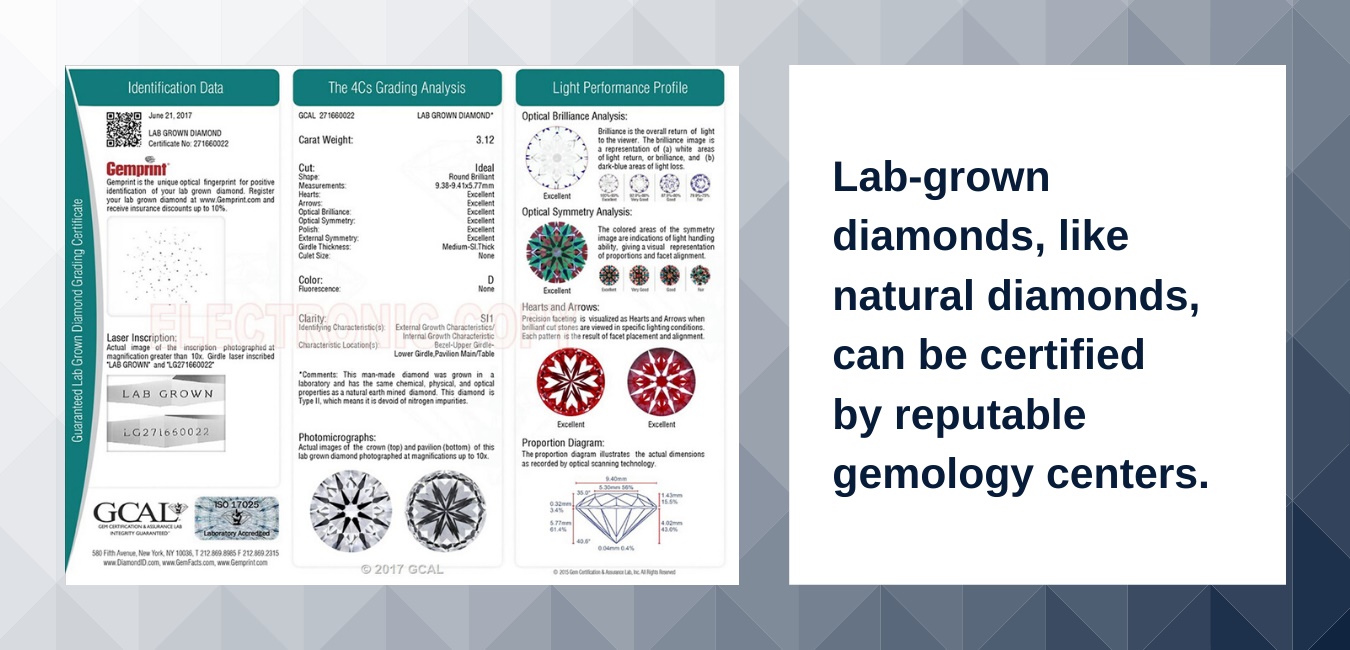What Are Lab-Grown Diamond Rings?
Posted by Koorosh Daneshgar on Jan 17th 2023

Lab-grown diamond rings have become increasingly popular in recent years, as they offer many of the same benefits as traditional diamond rings at a fraction of the cost. Lab-grown diamonds are created in a laboratory using advanced technology that replicates the natural process of diamond formation. These diamonds are chemically, physically, and optically identical to natural diamonds, and are often indistinguishable from them. The only difference between lab-grown diamonds and natural diamonds is their origin.
One of the biggest advantages of lab-grown diamond rings is their cost. Because they are created in a laboratory, they do not require the extensive mining and processing that natural diamonds do, making them significantly less expensive. This makes them a great option for people who want the beauty and elegance of a diamond ring without breaking the bank.
Another advantage of lab-grown diamond rings is that they are more environmentally friendly than natural diamonds. The mining of natural diamonds can have a significant impact on the environment, as it can lead to deforestation, water pollution, and other negative effects. Lab-grown diamonds, on the other hand, are created using only a small amount of energy and do not require the destruction of natural habitats.

Lab-grown diamond rings are also a great option for people who are concerned about the ethical issues surrounding the diamond industry. Many natural diamonds are mined in conflict zones, where they are often used to finance war and human rights abuses. Lab-grown diamonds, on the other hand, are ethically sourced and do not contribute to these issues.
In terms of quality and beauty, lab-grown diamond rings are just as stunning as natural diamond rings. They are available in a wide range of sizes and colors, and can be cut and shaped to suit any taste. They also have the same brilliance and sparkle as natural diamonds, making them just as beautiful and eye-catching.
One of the main difference between lab-grown diamond and natural diamond is that lab-grown diamond is cheaper than natural diamond. The reason being, lab-grown diamond is made in a lab using advanced technology, this process is much less expensive than the cost of mining natural diamonds, so lab-grown diamond rings are more affordable for many people.
When it comes to choosing a lab-grown diamond ring, there are a few things to keep in mind. First, make sure that the diamond is certified by a reputable organization, such as the International Gemological Institute (IGI) or the Gemological Institute of America ( GIA). This will ensure that the diamond is of high quality and that it meets certain standards.

Next, consider the 4 Cs of diamond quality: cut, color, clarity, and carat weight. The cut of the diamond refers to its shape and how well it has been cut, color refers to the diamond's hue, clarity refers to any inclusions or blemishes, and carat weight refers to the size of the diamond.
It's also important to consider the metal that the diamond is set in. White gold, yellow gold, rose gold, and platinum are all popular options.
In conclusion, lab-grown diamond rings are a great option for anyone looking for a beautiful, high-quality diamond ring at a more affordable price. They are chemically, physically and optically identical to natural diamonds and are often indistinguishable from them. They are also more environmentally friendly, ethically sourced and have the same brilliance and sparkle as natural diamonds. When choosing a lab-grown diamond ring, it's important to make sure that the diamond is certified by a reputable organization and to consider the 4 Cs of diamond quality and the metal that the diamond is set in.
We'll help you to design your dream engagement ring without stress and spending countless hours searching for your perfect ring. All you need to do is click on "Free Consultation" to get started.

